Tech
Attention! See the amazing things you can do with WD-40!

WD-40 is a well-known name that is found in almost every home. The product was launched in 1958 by a company called Rocket Chemical Company, which was trying to discover a formula for an anti-rust solvent for use in the aerospace industry. Although it took the group 40 tries to get the formula right, they finally got it right, and it’s the same formula that is still used today. Adding the acronym Water Displacement, this is how we arrived at WD-40. See the amazing things you can do with WD-40!
Today, WD-40 is still used for its original purpose, which is rust prevention and lubrication. Millions of people have used it to stop a door hinge from squeaking or to loosen nuts and bolts in a car that have been overtightened. It has been a popular product for years, and according to the History of WD-40 webpage, four out of five households and 81% of professionals in 1991 used it regularly or had a can of the product ready to use. In the years since its launch, the brand has created and launched several products for different uses, but the original WD-40 remains the king of the product range.
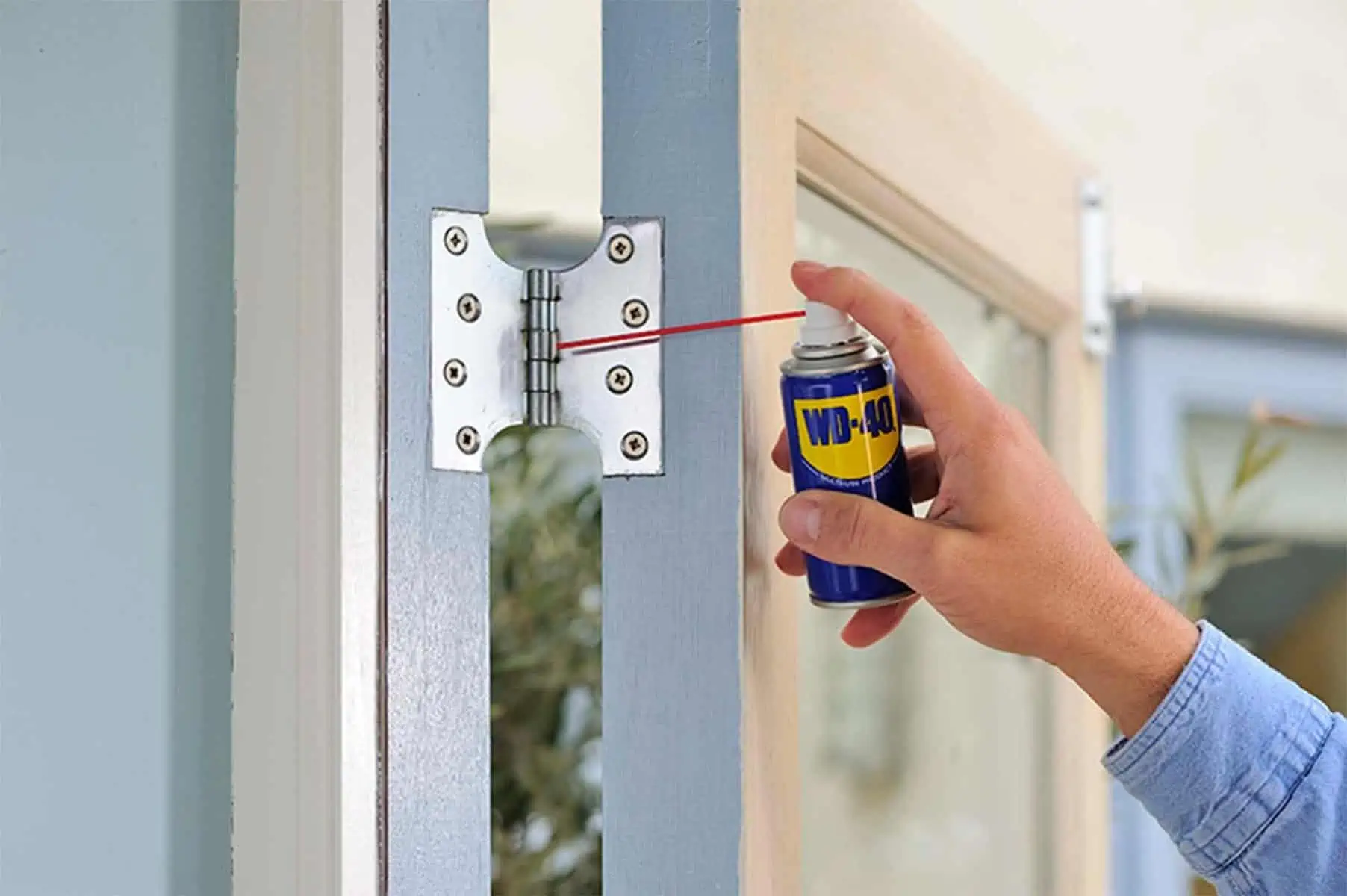
After all, part of the reason it remains so popular after all these years is that it has many other uses. From cleaning things to detaching non-mechanical objects, this little water-displacing solvent can help you in more ways than just stopping things from squeaking.
Peeling off LEGO blocks
Peeling off LEGOs is a well-known use of WD-40. Anyone who has played or built with LEGOYou only know how this happens. Two blocks of the same width and length come together and then it is impossible to separate them. The smaller the blocks, the more difficult it is. WD-40 is a good solution to this problem. According to the company, the accessory is used to inject a little WD-40 into the crack between the two blocks, in order to penetrate part of the liquid. The blocks must then separate. Rinse them, let them dry and you’re all set.
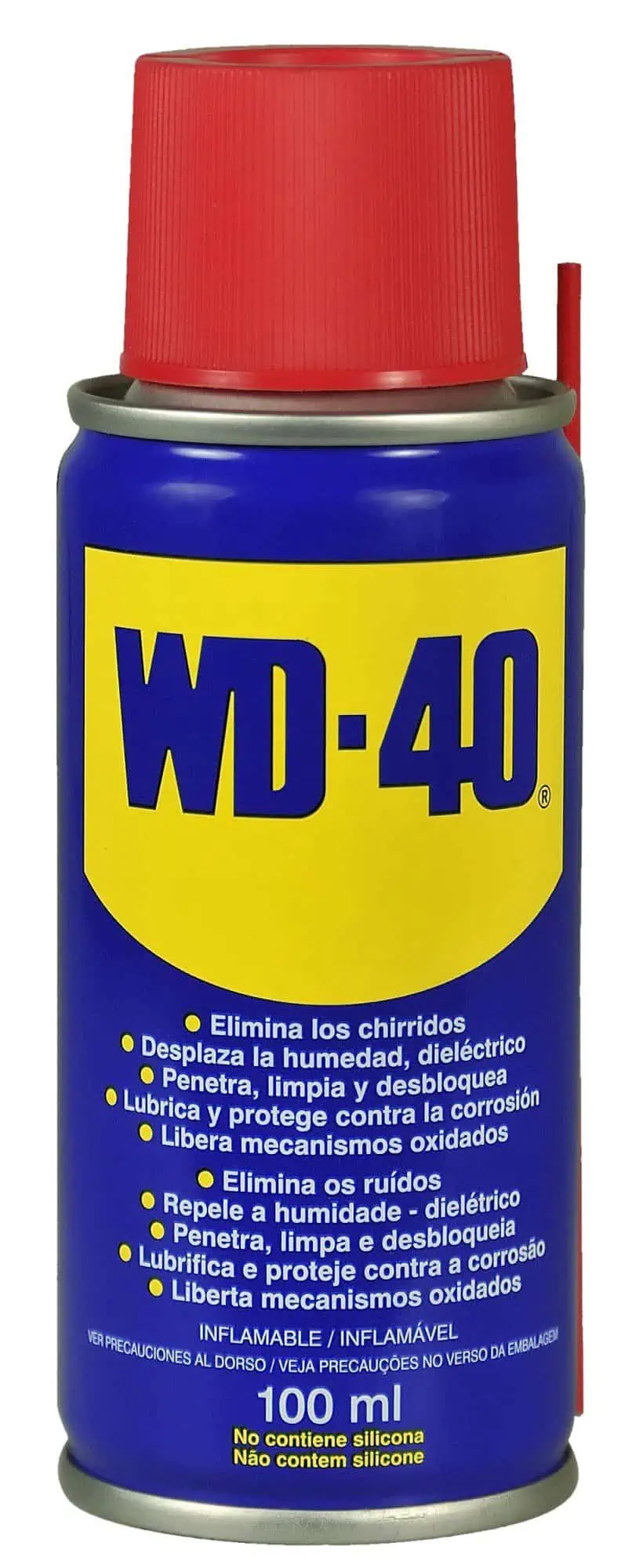
But be careful. WD-40 can be harmful to some types of blocks, especially those with painted decals or stickers. Therefore, we do not recommend using WD-40 to peel off specialized or limited edition pieces. After all, we’ll talk about sticker residue later, so it’s something WD-40 is known for. When using this trick, we recommend that you keep it strictly to your normal, everyday blocks, and everything should go well.
Unfasten zippers
WD-40 is best known for its lubricating properties, as it is essentially a mixture of lubricants and other ingredients. A good use for these lubricants is zippers. Hoods, coats, suitcases, pants, dresses and essentially any other item that has a zipper can benefit from a small spray of WD-40. When the clasp gets stuck, spray it very carefully and it will free itself from the tangle it got stuck in. Zippers are just metal, so WD-40 is ideal for this purpose.
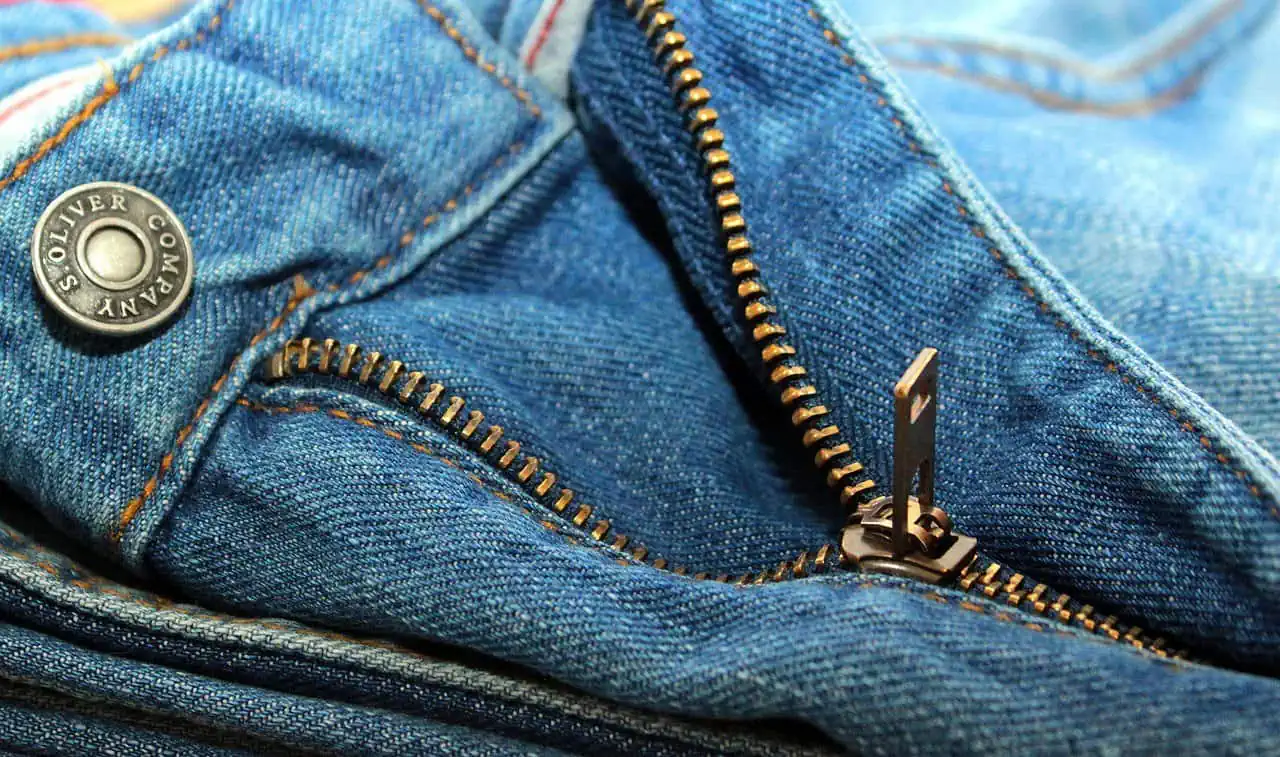
However be careful. WD-40 can stain some types of fabric, especially polyester. It’s not the end of the world and you’ll get through it with the right care. The conventional wisdom for WD-40 stains is simply dish soap, lots of scrubbing and patience. The irony is that WD-40 is useful for removing grease stains from clothes, and then you use dish soap to remove the WD-40. Therefore, there are procedures in place in case the zipper is sprayed too much and gets on the clothes in the process.
Remove crayon marks from the wall
Parents know that this kind of thing happens quite often. The kids pick up the crayons – maybe you have to answer a phone call, and they are left unattended for a minute or two. The result is a decorated wall. WD-40 can solve this problem. According to the company, spray the crayon marks on the wall and let the solution act for a few minutes. Then, just clean it up.
There are a variety of things WD-40 can clean off your wall. Fortunately, wallpaper and paint are not the case. Be sure to test the product on a small area, just to be sure. However, we recommend that you only leave it there for a few minutes as it may stain if left there for too long.
Remove chewing gum from carpet and shoes
Unwanted chewing gum is another substance that can be eliminated with WD-40. More specifically, the chewing gum that is stuck to things like shoes, clothes, carpets and other similar objects. It works similar to crayons on the wall. WD-40 recommends using the attachment to ensure spraying is over, to the sides, and under the gum if possible. Then, wait a little and the gum should come out much more easily. Repeat the process with the remains. It is important to pick up both the top and bottom of the gum – otherwise it may take several tries.
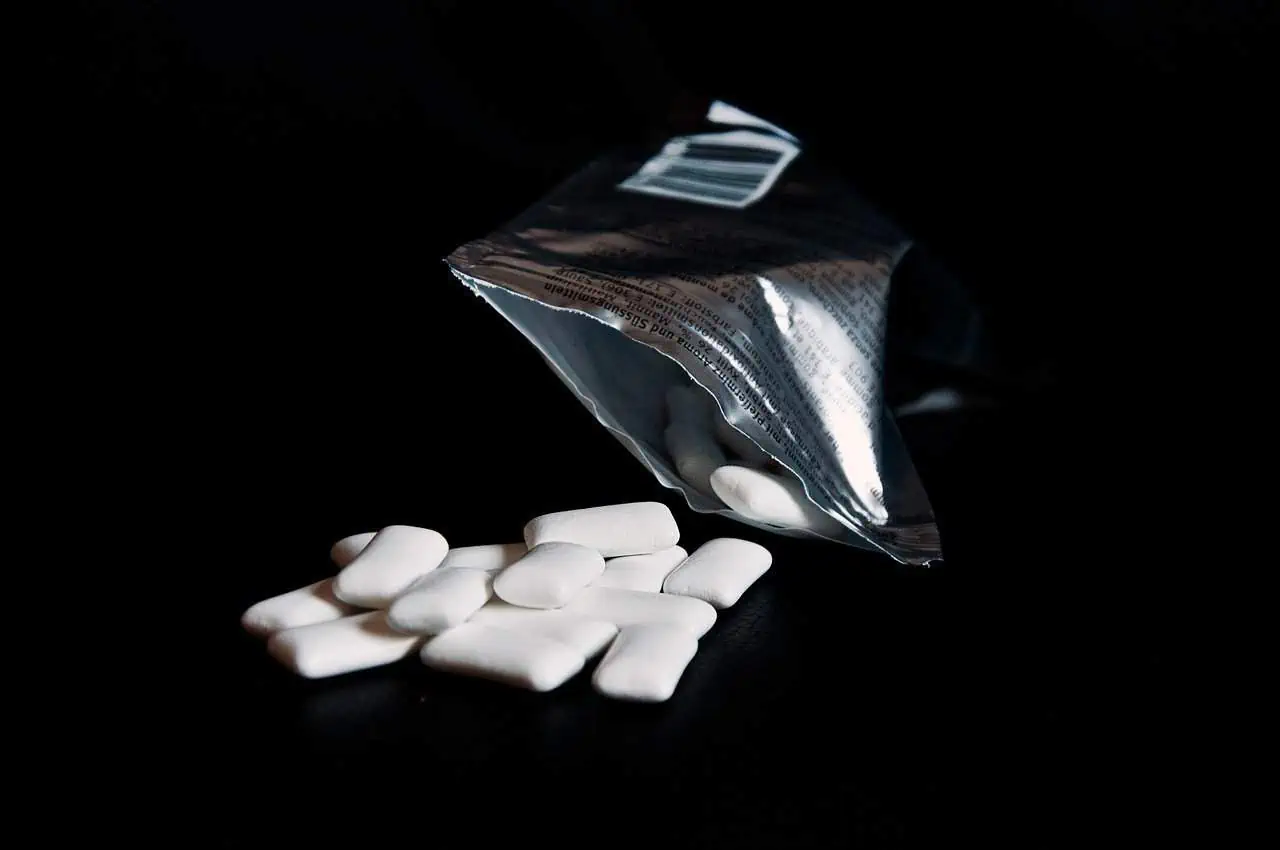
Waterproof work boots
WD-40 is a tool for many professionals, but it’s not just great for lubricating machine parts. You can also use it to clean, condition and protect your work boots. Before doing anything, the company recommends that you thoroughly clean the dirt from your boots. Once clean, you can spray the boots with WD-40 to add some waterproofing that works in snow, rain, and moderately wet conditions.
Removing superglue from hard surfaces (and yourself)
Cleaning up superglue is a great use for WD-40. The material is difficult to remove, but WD-40 Multi-Use can clean it very well. The company recommends that you use it in much the same way as you would use crayons or chewing gum. Spray the superglue well with the product, wait a few minutes and then wipe it off with a cloth. Repeat the process if necessary. Although there are some warnings about using WD-40 on some surfaces, wood is not one of them, so you can freely use it on your workbench if that’s where your superglue accident happened.
It also works on the skin in the same way. You can spray WD-40 on your hands to remove superglue. It works by penetrating the glue and removing it from the surface. According to some people, it even works on glass.
Kill the weeds between the cracks of your sidewalk
So far, we’ve talked about how WD-40 makes things move when they don’t and how to clean things. It also happens to be a pretty potent and reliable herbicide. Simply spray the product on the weeds and they die in a relatively short space of time. WD-40 recommends using the mulch attachment for this purpose so you can be sure to only reach the weeds you want. Exaggeration does not produce better results.
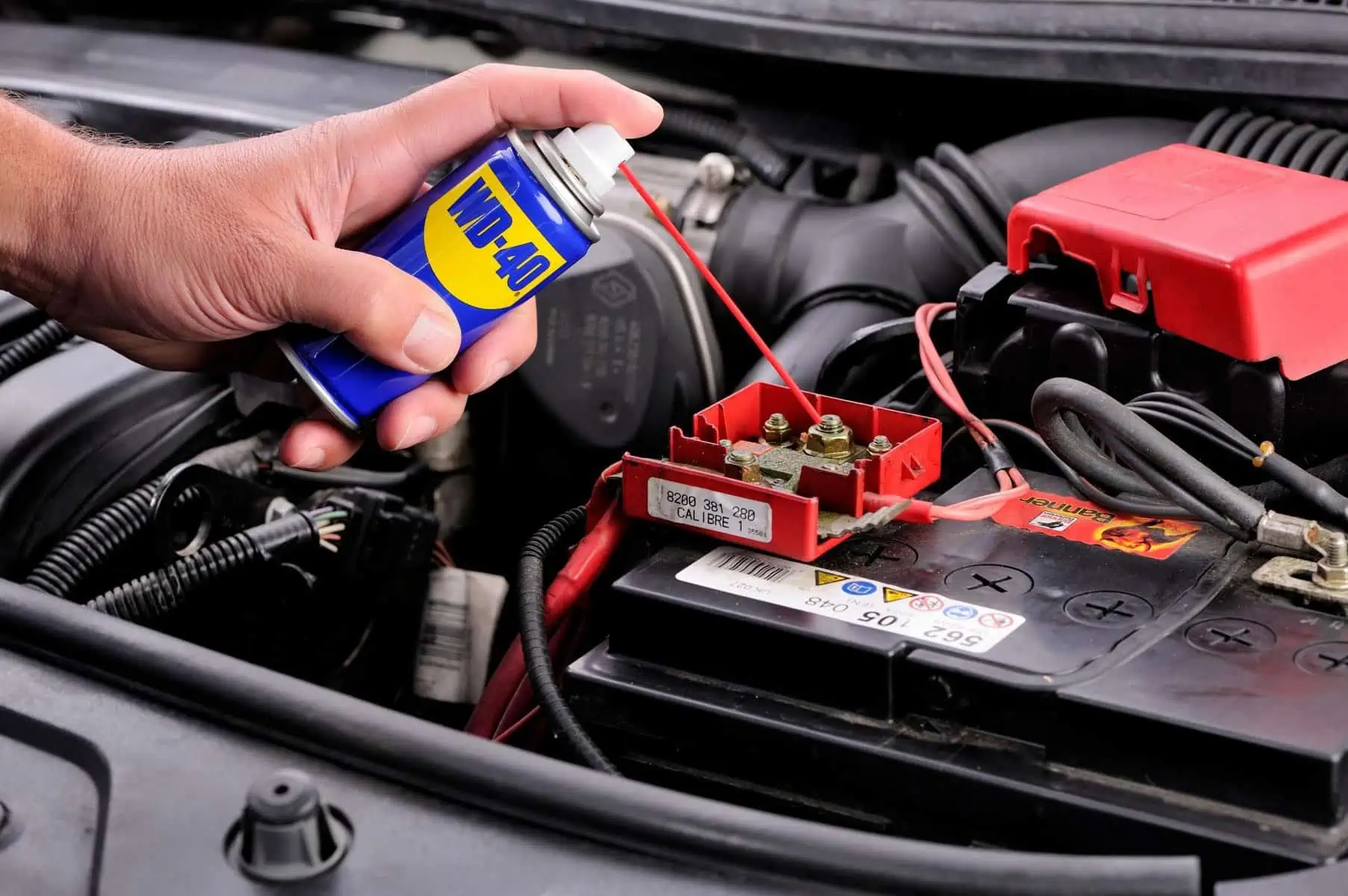
But pay attention! WD-40 kills any plant you spray it on, including grass, your garden plants, and any other plants you want on your property. Therefore, we only recommend it for small and specific cases.
Prevent most metals from rusting or tarnishing
The WD in WD-40 means water displacement, and that’s one of the things the product is best at. One such use case is the protection of metals of various types against oxidation or corrosion over time. WD-40 recommends that you spray a box of nails or screws, for example, and these nails and screws will be free from the effects of moisture for a long time. It doesn’t take much and there’s no need to soak them – just a light coat will do the job.
Remove all traces of tape and other sticker residue
Previously, we talked about cleaning LEGOs with tape, but we advised you to be careful not to clean any pieces with stickers. The reason for this is that WD-40 is known for removing sticker residue. Generally, it works more or less the same way as superglue. Spray WD-40 on the affected area, let it sit for a while and then wipe it off with a cloth. WD-40 reacts with adhesive the same way it reacts with superglue, which makes it relatively easy to remove from surfaces.
According to the WD-40 website, you can treat many different sticky substances with the product. You can even use it on stickers that you haven’t tried to remove yet. WD-40 will soak into the sticker and remove the sticker anyway. That’s why you shouldn’t use it on LEGO bricks with stickers.
-

 Business5 months ago
Business5 months agoThis big movie with Ana de Armas and Keanu Reeves comes to AMC this weekend
-

 Entertainment5 months ago
Entertainment5 months agoNew trailer for DLC Dragon Ball Z: Kakarot “Goku’s Next Journey”
-
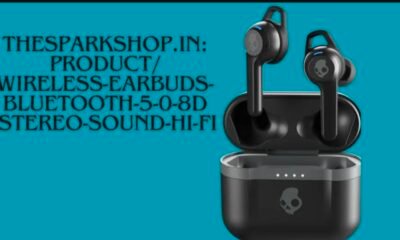
 Tech1 month ago
Tech1 month agothesparkshop.in:product/wireless-earbuds-bluetooth-5-0-8d-stereo-sound-hi-fi
-

 Business5 months ago
Business5 months agoWhat should you know about patio homes for sale in Scottsdale?













